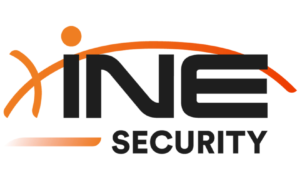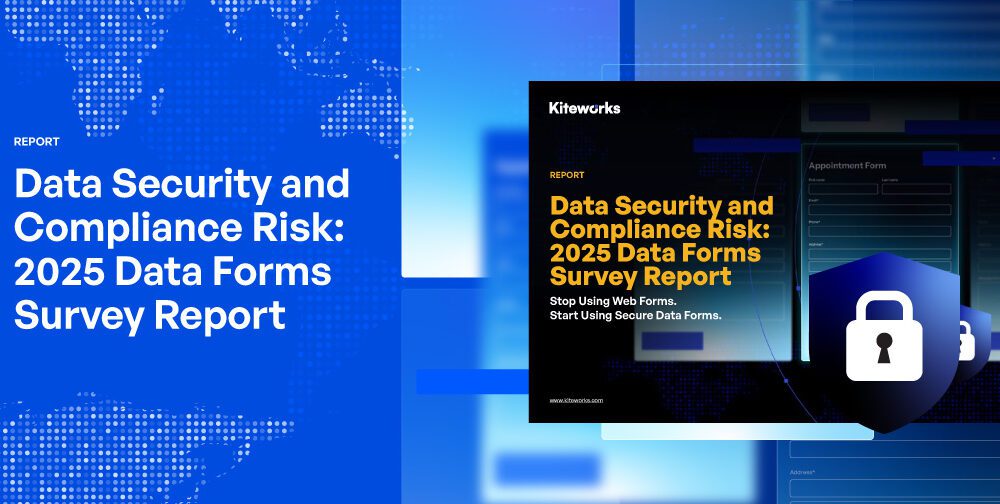The security of IT networks today is paramount, as cyber-attacks are perpetually changing. Based on the Cybersecurity Ventures reports, cybercrime is expected to result in worldwide losses. By 2025, the figure is expected to reach $10.5 trillion, hence the necessity of strengthening the security of the network has become a huge task. The importance of this blog post is to shed light on the top IT network weaknesses and come up with ways of addressing them as the endpoint is to be able to have fully secure and safe enterprise systems locally.
Understanding Weaknesses
Discovering the different types of vulnerabilities that can negatively impact IT networks is the beginning point from which a good security strategy ensues. Vulnerabilities can be categorized into three main types: hardware and normal software defects and human error. Physical vulnerability is brought about by different security issues, for example, one is the lack of enforcement of security procedures for hardware and infrastructure like unsecured server rooms or exposed cables.
Vulnerabilities in software code, also known as flaws in the code, are defects that render a loophole to the hackers that may keep them in a position of unfettered access or capability to initiate a scheme that can result in a calamity. By definition, people with no more efficient links in the security chain usually make mistakes such as wrong passwords, badly set configurations, and getting influenced by phishing attacks. The acknowledgment of these weaknesses plays a key role in building up IT networks for any security threat.
Assessing Vulnerabilities
Addressing vulnerabilities in your IT network is the key to uncovering possible vulnerabilities pre-hacking and thus making your system impenetrable. Audit of your network is vitally important in this area, and it is done precisely by network assessment tools which provide exhaustive details on the security level of your network. As per the research made by Gartner, the use of modern network performance monitoring gives the ability to decrease the risk of any unauthorized access to networks. Enterprise-grade IT support services are equipped with state-of-the-art tools for thorough network vulnerability tests which aim to pinpoint performance holes, security holes, and configuration violations in actual time.
Equally vital to network assessment tools is penetration testing of vulnerability. This is obtained by producing artificial cyber attacks to find the spots of the vulnerabilities and determine the efficiency of the existing safety measures. Another key aspect of assessing the target network is a careful risk analysis whose objective is to quantify the impact/severity of identified loopholes. This allows organizations to attach remedial priorities based on how critical the risk is.
Addressing Weaknesses
Addressing the disclosed problems of your IT infrastructure will require a multi-level strategy that will involve frequent updates and improvements, data encryption, and, on the other hand, a specific response plan, and a precise incident response strategy. The software and systems’ basic security requirement for the prevention of vulnerabilities is to regularly update them with the latest security patches. Only by syndicating the work of every network part can we ensure that the network is fully secure and operational. An additional measure, data encryption, is what protects against the occurrence of malignancy in access to sensitive information during transmission and storage of such.
Encryption protocols with a serious commitment to data safety and confidentiality are necessary for protecting the integrity and confidentiality of the data. Also, the inbuilt incident response plan has an important role to play in responding to security breaches quickly and limiting their effect. These guides should indicate the process for detecting, addressing, and recovering from security incidents, and all of them should be synchronized to minimize the time needed and recover normality earlier.
Wrap-up
To sum up, vulnerabilities in IT networks should be identified and appropriately rectified to ensure systems will be strong against cybercrimes. Knowledge of the types of vulnerabilities, such are executing assessment processes priority using network assessment tools and penetration testing, as well as the implementation of reliable remediating strategies, are necessary to be in the action of enhancing IT network infrastructure. Professional, proactive network security with enterprise-grade services in place will sustain ongoing surveillance as well as prevention. This will be against newly discovered threats. The key to protecting your organization’s IT infrastructure and data is to keep ongoing vigilance and continuous security best practices under all circumstances.



































